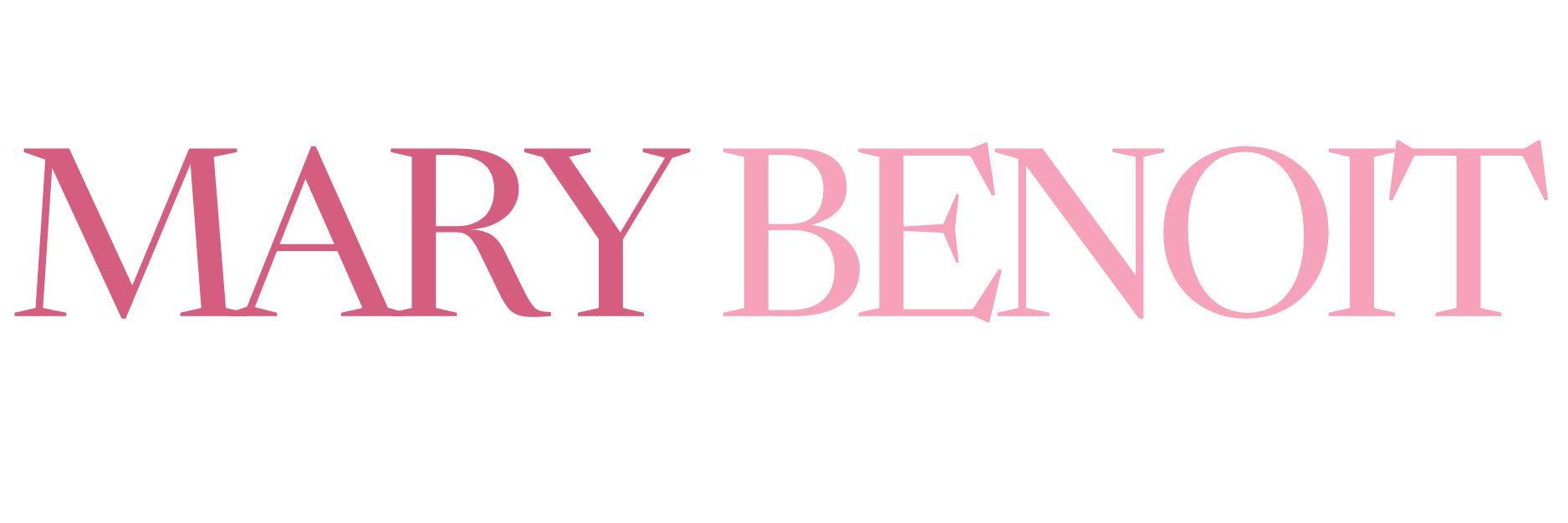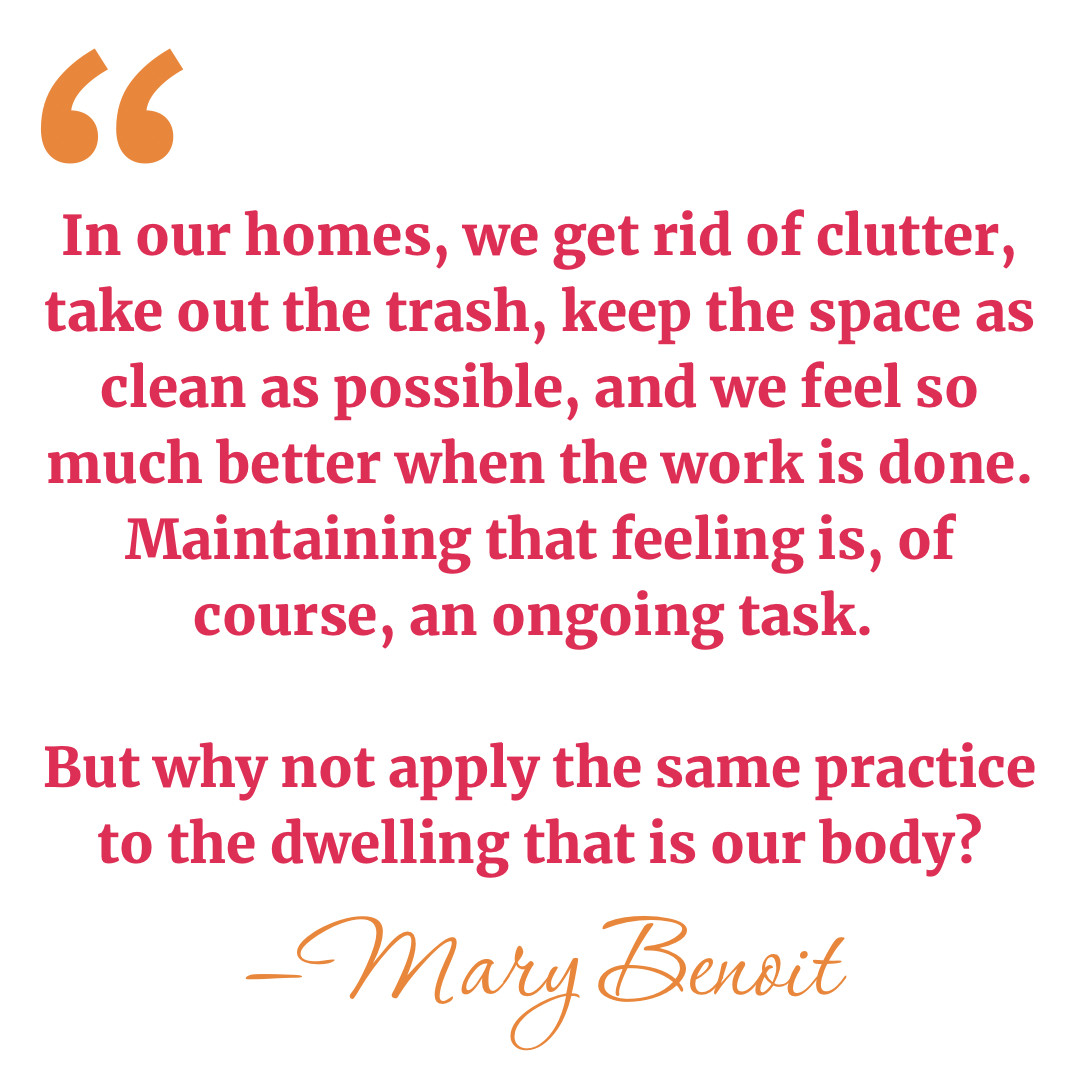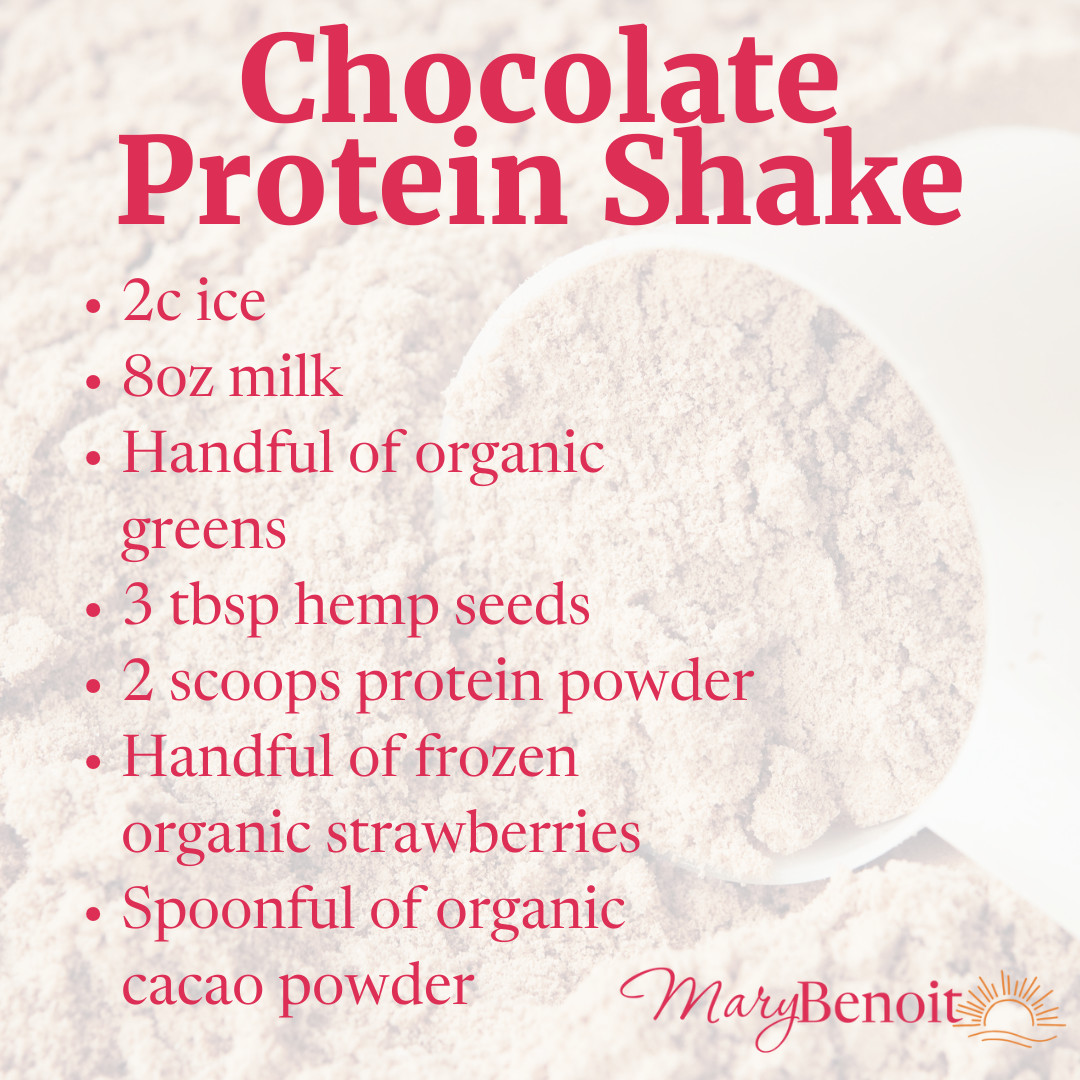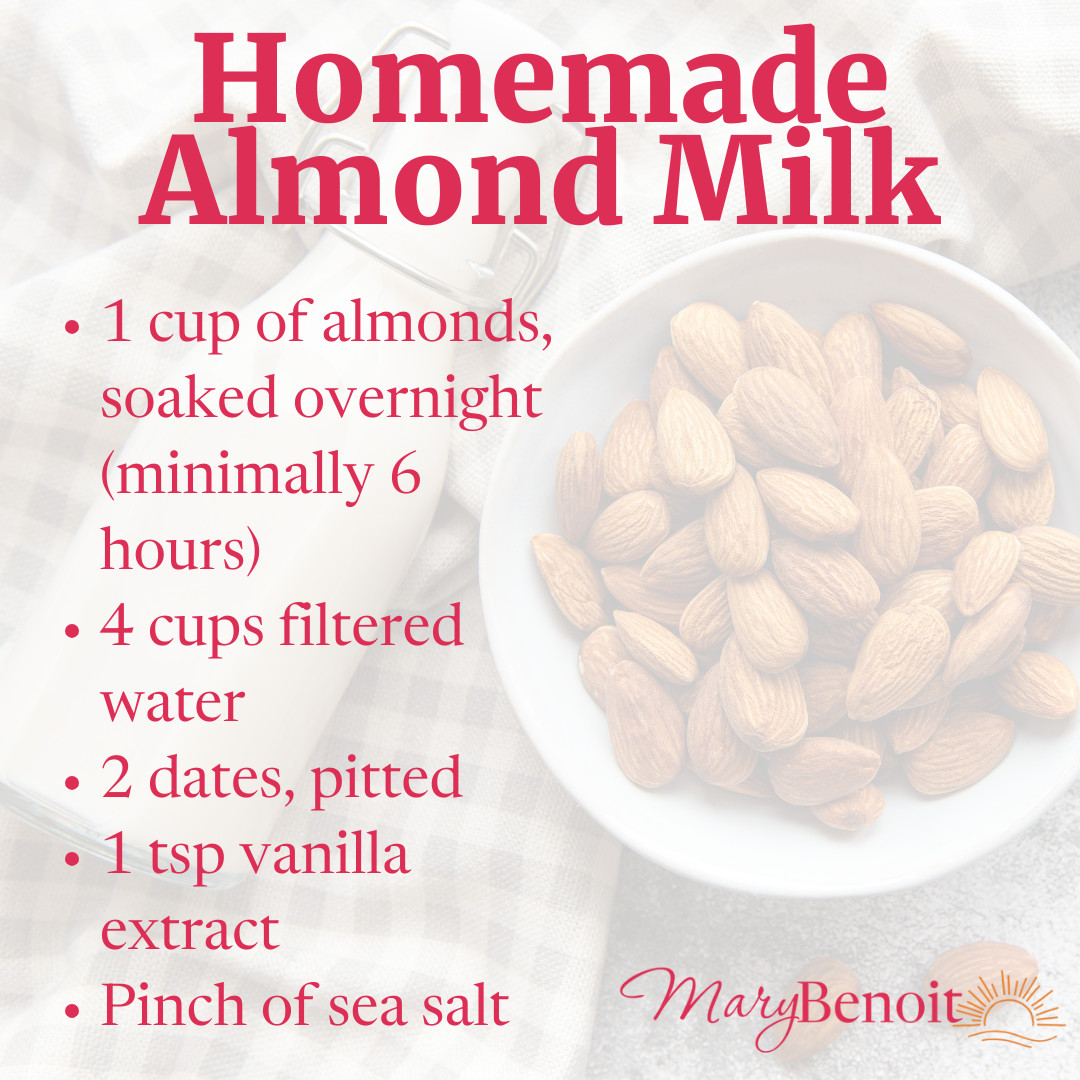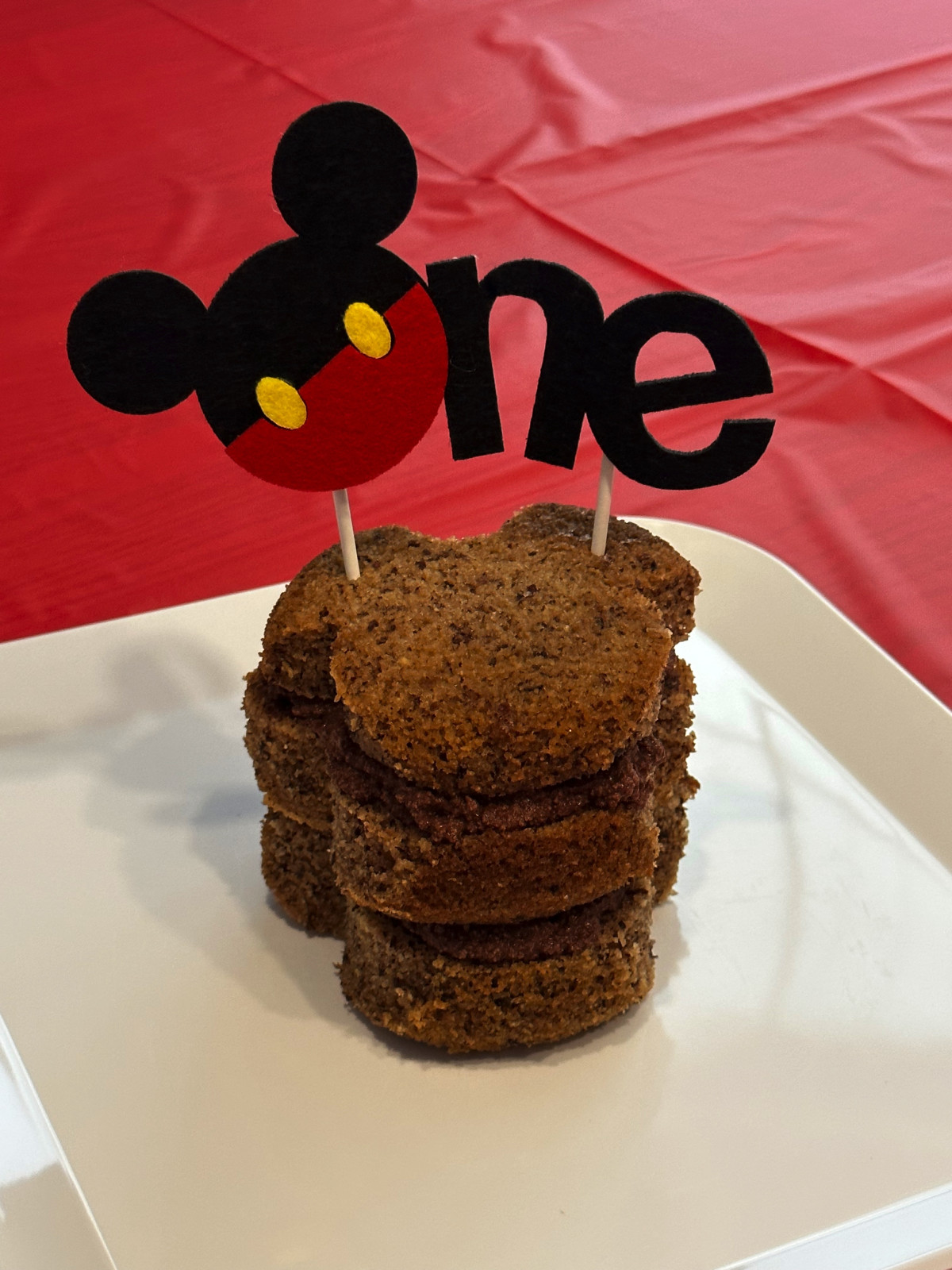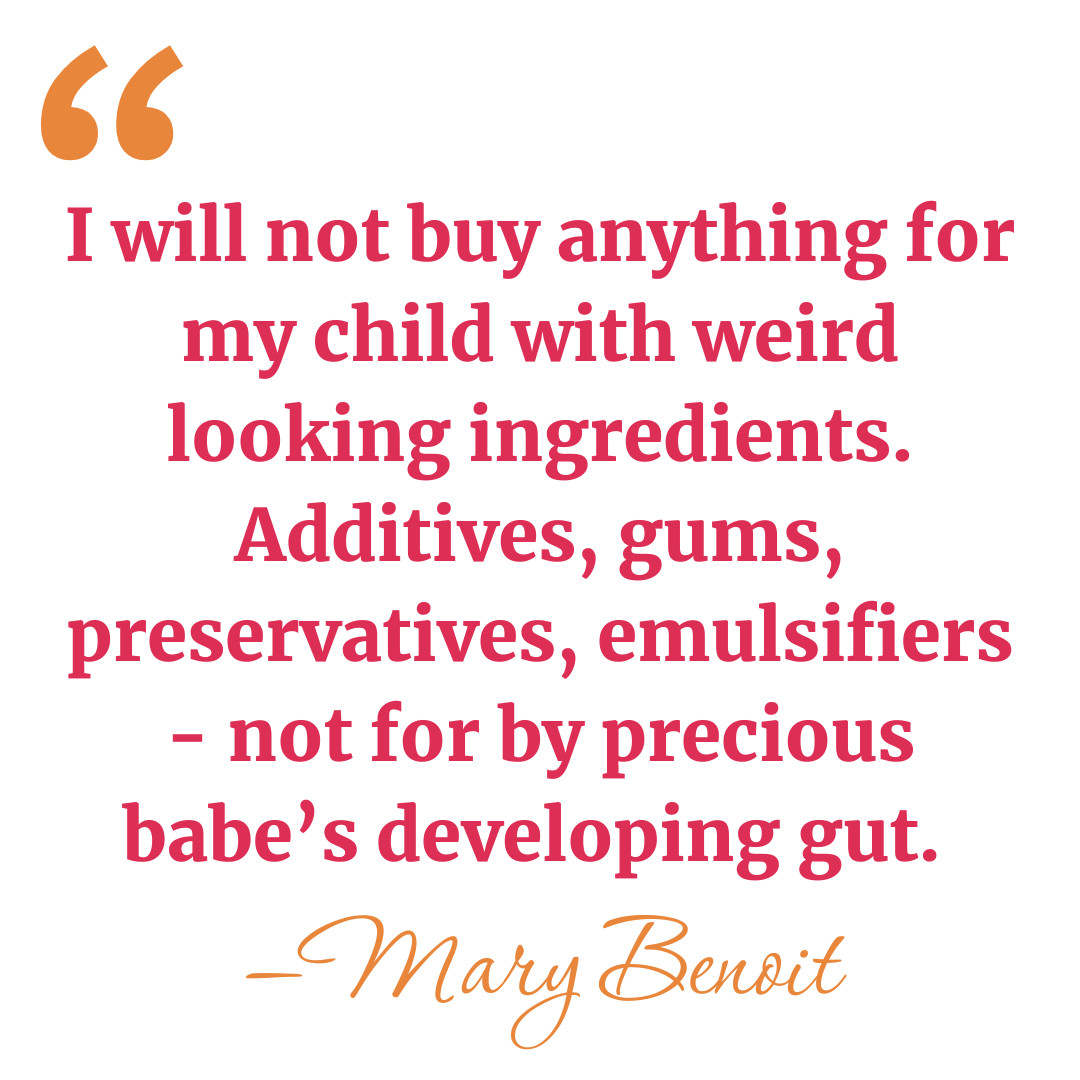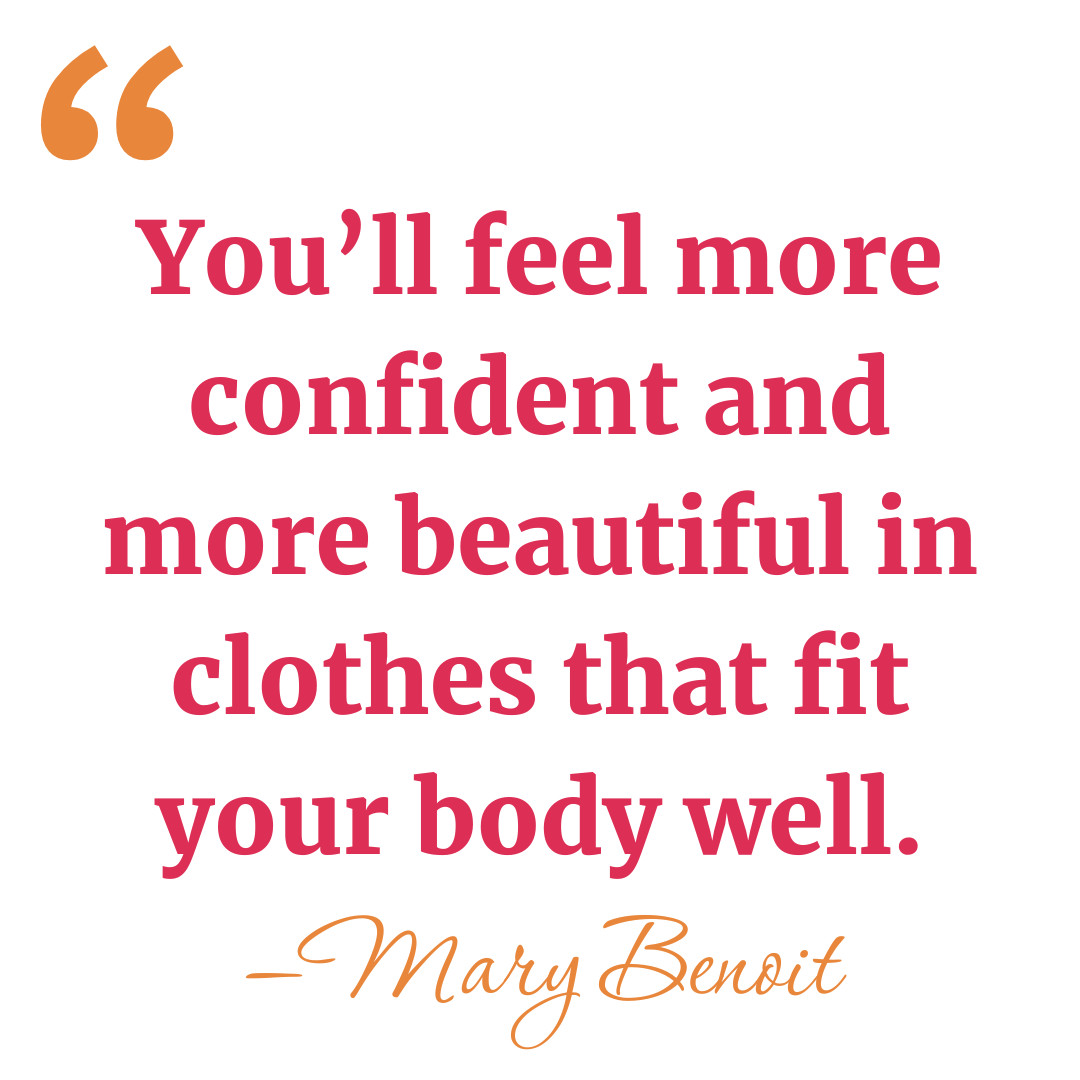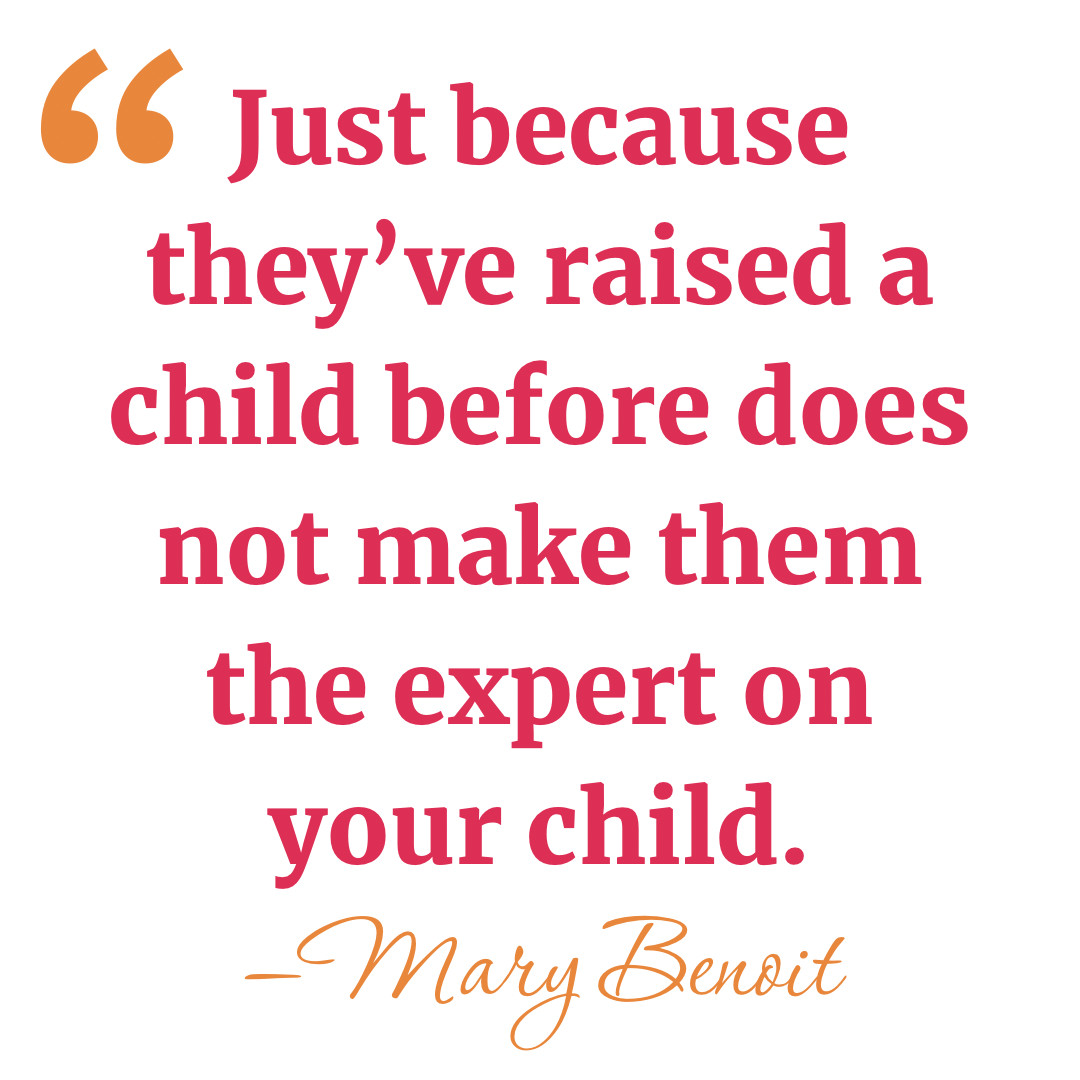
*Updating on July 1, 2023 to mention I'm divorced now, because I feel like that’s relevant 🙃*
Thinking back on my wedding day, I'm reminded of my motivation to eat cleaner & avoid eczema triggers. I knew there would be a LOT of pictures of my hands, nice and up-close. The last thing I wanted was for red, scaley skin to be in every picture from my wedding day.
I do not advocate for unsustainable, majorly restrictive diets. That’s not what our bodies were made for, but sometimes it’s necessary for a short period of time for your body to recalibrate.
Leading up to the wedding, I was restricting most fruits including fruit derivatives - palm oil (in most gluten free breads, crackers, baked goods, peanut butters, etc.), vitamin A palmitate (in most store-bought dairy alternative milks), grape-based vinegar & anything with avocado, olives or coconut. Anything with garlic or onions was out too.
I didn’t come up with this list on my own. I was tested for food sensitivities by a naturopathic doctor. That didn’t make this list any easier to follow.
And you bet your bottom dollar I indulged like crazy on the honeymoon - eating the foods I had been depriving myself of for so long.
That list of food sensitivities is not a fluke. When I eat too much of certain foods on that list, I’m destined for a flare up. But I’m learning my boundaries.
A year later, I'm able to eat some of the foods on my trigger list without having a flare up.
The trick is to know what your body can handle, and not to overdo it. And if your body starts to rebel whether in the form of an eczema flare up or an unsettled stomach, you know you need to pull back.
The moral of the story is I was desperate for clear skin on my wedding day, and for me that meant restricting for a bit. But not forever.
Variety is the spice of life. Your body craves variety. Feeding it the same 3 foods all the time is not only boring, but it’s not good for your body systems - including your immune system.
Your immune system depends on a healthy gut, and a healthy gut is made up of a diverse microbiome. A diverse microbiome is nurtured by a variety in diet.
So just remember - if you need to go on a special diet for a special reason for a short amount of time, that’s totally okay. But don’t forget to keep some variety in your diet, and your life for that matter!
If this was helpful for you, join my Facebook group where you can find more wellness tips – free of charge. <3

Pregnancy cravings led me straight to the Starbucks line where I spent $5 on a single Matcha Latte or Peppermint Mocha. If we know anything about Starbucks, we know it’s not budget friendly and usually not very healthy. God only knows how much sugar goes in those drinks.
I knew this wouldn’t be a sustainable choice for my bank account, but the questionable ingredients also weren’t good for baby (or me!) so I started trying to figure out how to make my own warm, frothy drinks from home.
I ended up getting this Milk Frother & Hot Chocolate Maker, and it’s been a game changer!
I’ll preface this by saying you do have to get used to the flavor and texture a little bit, and some milks froth better than others. This definitely isn’t an exact comparison to the Starbucks drinks. In fact, when I made my first matcha latte I remember thinking it wasn’t as frothy or sweet as Starbucks, but it was good enough to keep me from going back for a while!
Because I was well aware the Starbucks drinks were filled with sugar, I started making my matcha lattes with vanilla soy milk. Vanilla because I know that’s the kind they use at Starbucks (which contributes to the sugar load) and soy because that’s the milk I like best from Starbucks.
I knew eventually I’d be able to work back down to unsweetened milk, but for now I just needed to switch to the homemade stuff even if it had more sugar than I liked to admit! Sometimes you just gotta do what you gotta do.
I’m at the point now where I use unsweetened almond milk, and I don’t miss the professionally made drinks at all!
Matcha Latte
(Pour directly into Frother milk jug)
- 1 cup milk (I’ve been using Silk Unsweetened Almond Milk)
- 1 tsp matcha powder (make sure the only ingredient is matcha powder - a lot of them have added cane sugar)
- 1 tsp vanilla extract (my favorite is from Trader Joe's)
- 1/2 tbsp pure maple syrup (bonus points if it’s local, EXTRA bonus points if you can work to minimizing or even eliminating the sweetener!)
Hit the button on the Frother ONCE and wait for it to turn itself off.
I totally eyeball all of this other than the amount of matcha powder because I don’t want to overdo the caffeine — and I definitely fill the milk jug past the max fill line.
Next I needed to find an alternative for a Peppermint Mocha. I had zero clue that the only difference between a Peppermint Hot Chocolate and a Peppermint Mocha is the espresso they put in the mocha, but now I know. Good thing too, because I definitely wasn’t ordering it for the caffeine. In fact, even pre-pregnancy I barely ever had caffeine. So I went to Pinterest to find a healthy hot chocolate that actually tastes good.
Healthy Hot Chocolate
(Pour directly into Frother milk jug)
- 1 cup milk (I’ve been using Silk Unsweetened Almond Milk)
- 1 tbsp raw cacao powder (NOT cocoa powder)
- 1-3 dashes of cinnamon
- 1 pinch of sea salt
- 1 tsp vanilla extract
- 1/2 tbsp pure maple syrup (bonus points if it’s local, EXTRA bonus points if you can work to minimizing or even eliminating the sweetener!)
Hit the button on the Frother TWICE and wait for it to turn itself off. Enjoy!
The first thing to know about living a sustainably healthy lifestyle is just that - it needs to be sustainable.
Holidays are filled with savory foods and sweet treats we don’t eat on any normal day. Enjoying a bit of all your holiday favorites a few days out of the year is NOT a big deal in the grand scheme of things!
Being healthy definitely has to do with the foods you eat, but the health of your soul is equally - if not more - important. Gathering with friends and family around the holidays can be SO nurturing to your soul. If you put the pressure on yourself that you “can’t eat this” or “shouldn’t eat that” - are you going to enjoy yourself as much? Of course not!
With that in mind, there are definitely quick, easy swaps you can make in recipes to make them a bit more healthful.
When it comes to dairy, I always prefer organic. Butter, milk, sour cream. It’s cleaner and higher quality.
When it comes to meat, I always prefer free range and organic. If you’re feeding 10+ people for example and you’re preparing a much larger than normal amount of meat - obviously cost matters. If the organic, free range option is just not financially realistic for the holiday, that’s okay. Don’t go broke over this!
When it comes to sugar/sweetener I always prefer natural options like pure maple syrup or honey. Coconut sugar is also a more healthful option than “normal” sugar.
When it comes to salt, I always prefer sea salt over regular table salt or iodized salt.
When it comes to corn products, choose non-GMO! GMOs wreak havoc on your gut.
Lastly, when you’re getting any kind of ingredient for a recipe or a boxed good, flip it over and check the ingredients. So often, there are unnecessary unhealthy ingredients added to something you’d least expect.
In the end, just enjoy your holiday! You can follow the suggestions above to feel better about the dishes you prepare yourself, but don’t beat yourself up over indulging in holiday foods on a special occasion! But maybe keep some digestive enzymes on hand just in case. :)
If this was helpful for you, join my Facebook group where you can find more wellness tips – free of charge. <3
You can also grab my free guide on 3 Easy Steps to Lose Weight and Feel Amazing here.
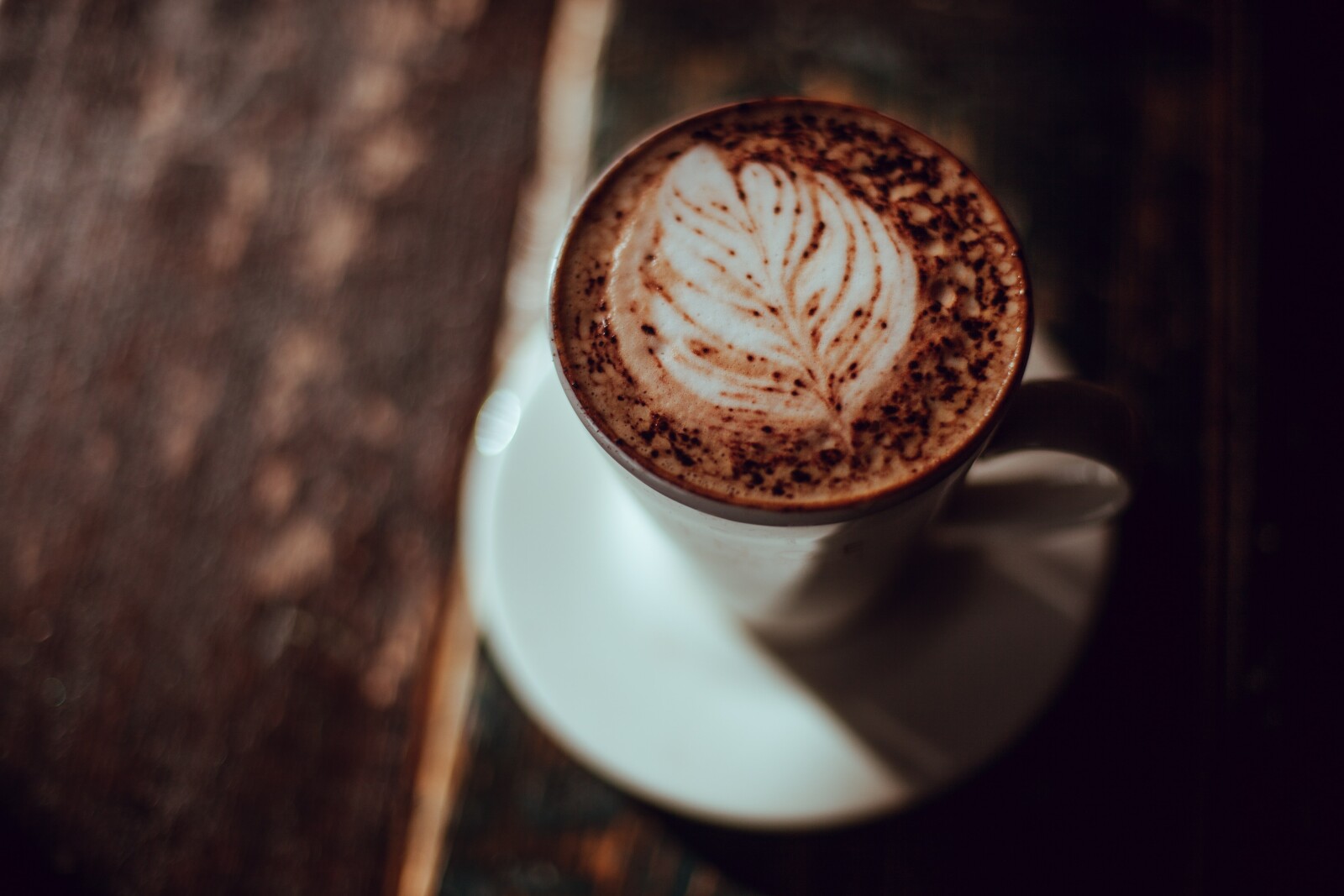
First of all, if you missed last week’s post, hop on over to Step 1 of My Gut Healing Journey to get yourself all caught up.
Now that we’re all on the same page, I’ll continue.
I learned about the importance of organic. I was shocked to find coffee beans are actually one of the most heavily sprayed crops, so I always look for organic coffee. This can be slim pickin’s at a lot of grocery stores, but Trader Joe’s especially, I know for a fact has delicious organic coffee!
Now let’s talk about coffee for a second. I know this is a huge fan favorite, BUT (especially if you’re on a journey to heal your gut or you just have a history of digestive issues) this is not the best thing to have first thing in the morning. This isn’t the first thing you want in your stomach, especially if you took a probiotic the night before (which I hope you did! Especially if you know your gut health needs extra support).
The thing about having coffee first thing in the morning is it can wipe out all the good bacteria that formed in your gut from your probiotic the night before. So it’s almost like the probiotic was a complete waste of your time and money.
Lemon water is the best thing to start your morning with! And next is your breakfast.
I learned about the Dirty Dozen list from my health coach. This is a list of fruits and veggies that have the highest pesticide count; therefore, these are the ones you’ll want to buy organic if your grocery budget is tighter. If you’re able, 100% organic would be ideal!
Pesticides wreak absolute havoc on your gut.
If you’ve clicked the link to the Dirty Dozen list above, you know that dark, leafy green are on that list. Which brings me to our morning shake.
Last week we talked about how important it is to eat plenty of veggies. Your morning shake is the perfect way to get veggies in first thing.
Here’s the recipe I use:
6 oz water
4 oz almond milk
1 c ice
1 large handful of ORGANIC dark, leafy greens
⅓ c fruit (berries are great, but I usually use pineapple)
1 scoop protein powder (I use Truvani but Nature’s Sunshine is also super yummy)
3 tbsp hemp seeds
You can play with it to your liking, but make sure you get your protein in there and don’t leave out the greens!
Now that we’re all on the same page, I’ll continue.
I learned about the importance of organic. I was shocked to find coffee beans are actually one of the most heavily sprayed crops, so I always look for organic coffee. This can be slim pickin’s at a lot of grocery stores, but Trader Joe’s especially, I know for a fact has delicious organic coffee!
Now let’s talk about coffee for a second. I know this is a huge fan favorite, BUT (especially if you’re on a journey to heal your gut or you just have a history of digestive issues) this is not the best thing to have first thing in the morning. This isn’t the first thing you want in your stomach, especially if you took a probiotic the night before (which I hope you did! Especially if you know your gut health needs extra support).
The thing about having coffee first thing in the morning is it can wipe out all the good bacteria that formed in your gut from your probiotic the night before. So it’s almost like the probiotic was a complete waste of your time and money.
Lemon water is the best thing to start your morning with! And next is your breakfast.
I learned about the Dirty Dozen list from my health coach. This is a list of fruits and veggies that have the highest pesticide count; therefore, these are the ones you’ll want to buy organic if your grocery budget is tighter. If you’re able, 100% organic would be ideal!
Pesticides wreak absolute havoc on your gut.
If you’ve clicked the link to the Dirty Dozen list above, you know that dark, leafy green are on that list. Which brings me to our morning shake.
Last week we talked about how important it is to eat plenty of veggies. Your morning shake is the perfect way to get veggies in first thing.
Here’s the recipe I use:
6 oz water
4 oz almond milk
1 c ice
1 large handful of ORGANIC dark, leafy greens
⅓ c fruit (berries are great, but I usually use pineapple)
1 scoop protein powder (I use Truvani but Nature’s Sunshine is also super yummy)
3 tbsp hemp seeds
You can play with it to your liking, but make sure you get your protein in there and don’t leave out the greens!
That's all for now, but be on the lookout for part 3 next week!
If this was helpful for you, join my Facebook group where you can find more wellness tips – free of charge. <3
You can also grab my free guide on 3 Easy Steps to Lose Weight and Feel Amazing here.
Once I found out my eczema was gut health related, what did I do?
The VERY first thing I did? I honestly don’t remember. I think I just let it sink in. I may have started taking a probiotic again, but I wasn’t sure what the right steps were. I was in limbo for a little while.
A series of divine interventions led to me finding a free workshop my soon-to-be Health Coach was offering on gut health. I remember the flyer saying “eczema” and “gut health” and that’s all I really needed to be on board!
I went to her free workshop and then enrolled in her program. It was several weeks long during which time she educated us on different topics each week.
She talked about food. Grains. High glycemic versus low glycemic. Some things have stuck with me since going through her program like white rice and white potatoes versus brown rice and sweet potatoes. The first couple are high glycemic. The latter couple are low glycemic.
When you’re on a journey to heal your gut, low glycemic is easier on your digestive system. I still choose brown rice over white (in fact, I don’t even buy white rice and I cringe when it’s my only option eating out) and I order sweet potato fries over normal fries when I have the option.
Brown rice, quinoa & sweet potatoes are my easy go-tos when I’m trying to formulate a healthy meal.
Some easy (or no so easy?) things to cut out (or cut waaaaay back) are the super-inflammatory culprits. Gluten, dairy, sugar, alcohol. Processed foods can also be very inflammatory. A lot of them are also filled with addictive chemicals so you keep overeating and buying more. Ideally you want your food to COME FROM a plant, not be MADE IN a plant. See the difference?
Another not-so-fun guideline was to avoid eating out at all costs. The bottom line is you don't know what goes on in the kitchen. The sourcing of the meat, the vegetables, how much salt or sugar is added, etc.
Speaking of sourcing of meat: organic, grass fed beef. organic, free range chicken. wild caught (rather than farm raised) seafood. As far as vegetables, organic is preferred. In season and local is even better.
Let me emphasize right now that a restrictive diet is NOT something I recommend long term. (Although cutting out processed foods and sticking with organic meats is always a good idea.) On a journey to heal your gut? Sure! But only eating 5-7 different foods all the time is NOT good for your health.
Variety is the spice of life, and variety in your diet is actually essential!
This was a “detox” for us in the program. A “reset” for our bodies. We would not follow these “rules” long term, but for these several weeks we did the best we could. We just ate a nice, clean diet filled with high quality whole foods. Although - like I said - a lot of these practices stayed with me and would be good for you as well!
Vegetables were a huge part of that. Fruit too (organic green apples and berries have the least sugar), but vegetables more-so. Making sure your plate is at least half veggies is really important.
CHEWING is also really important! One week Jackie challenged us to chew our food 30 times before swallowing. Try it! It’s difficult!
This just begins to scrape the surface of my journey, so hang on tight for part 2 next week.
The VERY first thing I did? I honestly don’t remember. I think I just let it sink in. I may have started taking a probiotic again, but I wasn’t sure what the right steps were. I was in limbo for a little while.
A series of divine interventions led to me finding a free workshop my soon-to-be Health Coach was offering on gut health. I remember the flyer saying “eczema” and “gut health” and that’s all I really needed to be on board!
I went to her free workshop and then enrolled in her program. It was several weeks long during which time she educated us on different topics each week.
She talked about food. Grains. High glycemic versus low glycemic. Some things have stuck with me since going through her program like white rice and white potatoes versus brown rice and sweet potatoes. The first couple are high glycemic. The latter couple are low glycemic.
When you’re on a journey to heal your gut, low glycemic is easier on your digestive system. I still choose brown rice over white (in fact, I don’t even buy white rice and I cringe when it’s my only option eating out) and I order sweet potato fries over normal fries when I have the option.
Brown rice, quinoa & sweet potatoes are my easy go-tos when I’m trying to formulate a healthy meal.
Some easy (or no so easy?) things to cut out (or cut waaaaay back) are the super-inflammatory culprits. Gluten, dairy, sugar, alcohol. Processed foods can also be very inflammatory. A lot of them are also filled with addictive chemicals so you keep overeating and buying more. Ideally you want your food to COME FROM a plant, not be MADE IN a plant. See the difference?
Another not-so-fun guideline was to avoid eating out at all costs. The bottom line is you don't know what goes on in the kitchen. The sourcing of the meat, the vegetables, how much salt or sugar is added, etc.
Speaking of sourcing of meat: organic, grass fed beef. organic, free range chicken. wild caught (rather than farm raised) seafood. As far as vegetables, organic is preferred. In season and local is even better.
Let me emphasize right now that a restrictive diet is NOT something I recommend long term. (Although cutting out processed foods and sticking with organic meats is always a good idea.) On a journey to heal your gut? Sure! But only eating 5-7 different foods all the time is NOT good for your health.
Variety is the spice of life, and variety in your diet is actually essential!
This was a “detox” for us in the program. A “reset” for our bodies. We would not follow these “rules” long term, but for these several weeks we did the best we could. We just ate a nice, clean diet filled with high quality whole foods. Although - like I said - a lot of these practices stayed with me and would be good for you as well!
Vegetables were a huge part of that. Fruit too (organic green apples and berries have the least sugar), but vegetables more-so. Making sure your plate is at least half veggies is really important.
CHEWING is also really important! One week Jackie challenged us to chew our food 30 times before swallowing. Try it! It’s difficult!
This just begins to scrape the surface of my journey, so hang on tight for part 2 next week.
If this was helpful for you, join my Facebook group where you can find more wellness tips – free of charge. <3
You can also grab my free guide on 3 Easy Steps to Lose Weight and Feel Amazing here.
